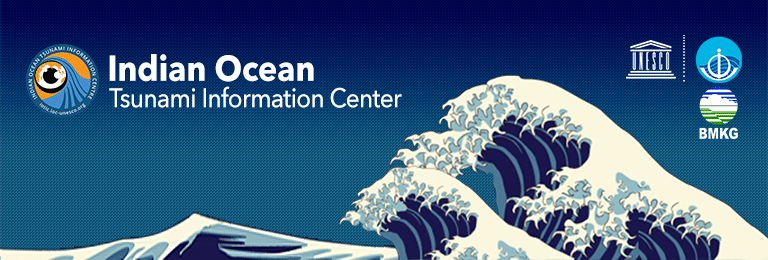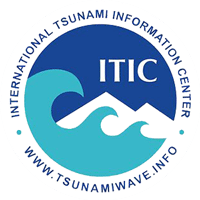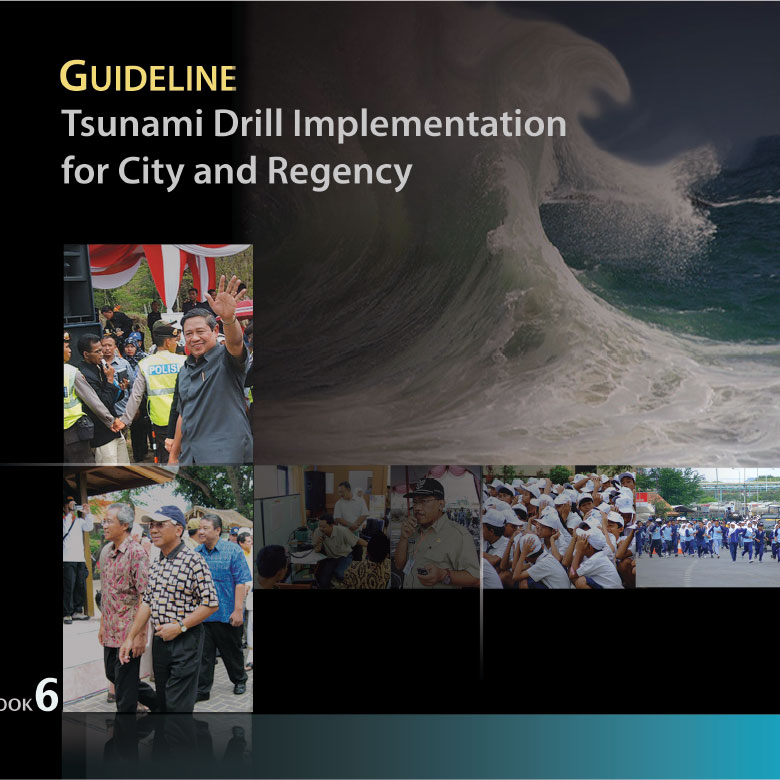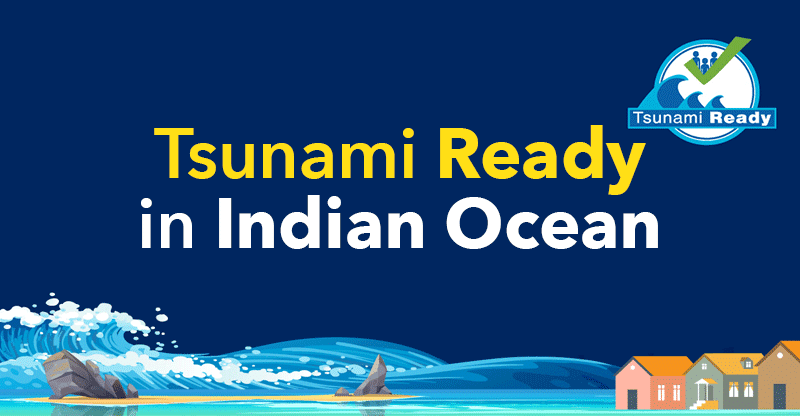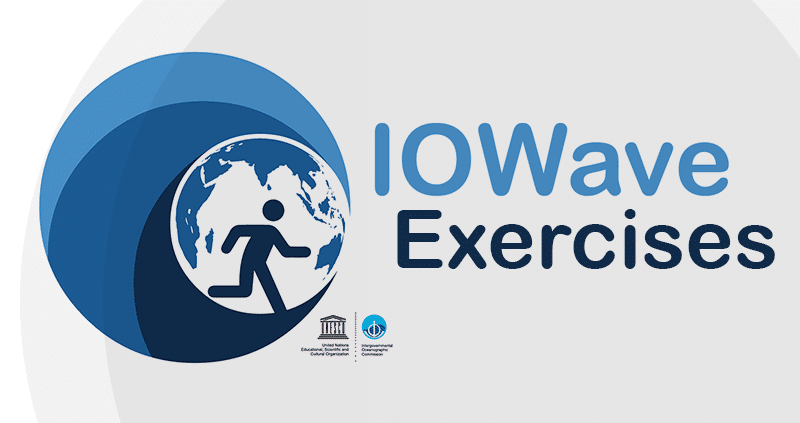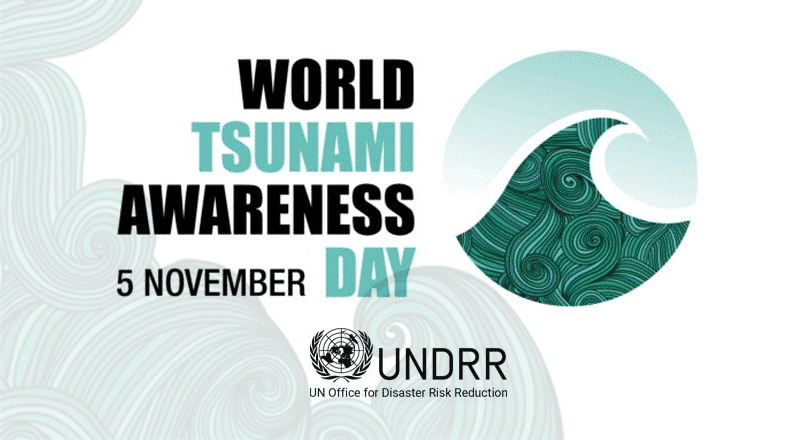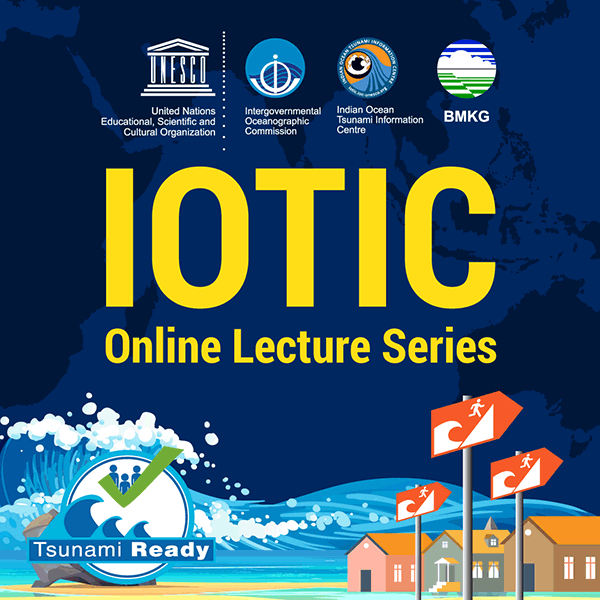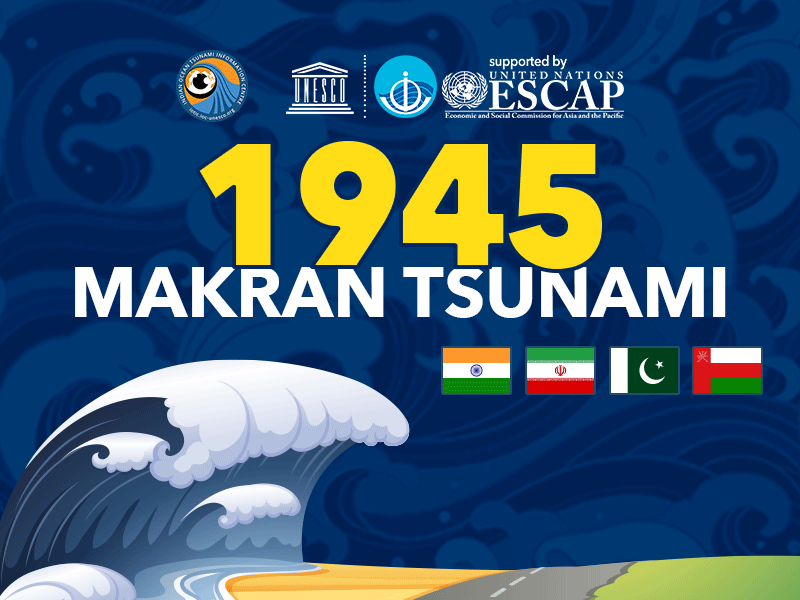This book is expected to give guidelines for tsunami drills for cities and regencies.
The tsunami disaster in Aceh, December 26, 2004, has made the world realize the importance of tsunami early warning system in the Indian Ocean. Since that time, the Government of Indonesia has mobilized resources and capability to develop an Indonesia Tsunami Early Warning System (Ina-TEWS).
Ina-TEWS was then developed by synergy among 16 institutions in Indonesia, and was supported by 6 friendly countries, and will be inaugurated on November 11, 2008.
This system will become an important part of the Indian Ocean Tsunami Early Warning system and has the following features:
- Provides warning to communities on the potentials of tsunami maximum 5 minutes after a tsunamigenic earthquake occurs
- Covers both the Indian Ocean and the Pacific Ocean
- Develop according to the International Standard
Ina-TEWS consists of two main parts, namely: structural and cultural component. The structural component, which is the task of the central government, covers the installation of the disaster detection equipment; data processing to compose the warning; and dissemination of this warning to interface institutions (local, governments, relevant institutions, and the media).
The cultural component, which is the task of local government, includes dissemination of disaster warnings to communities, ensure that the community acts accordingly, and the increase of community preparedness.
In the structural component, Ina-TEWS consists of 160 seismometers, a tsunami database, 22 buoys, and 80 tide gauges, as well as 500 accelerometers and 40 GPS.
For the cultural component, the local governments are expected to implement the following:
- Secure the disaster detection equipment in their own region
- Prepare risk (inundation) map as well as a standard operating procedure (SOP)
- Develop evacuation places with their respective evacuation routes
- Install signboards for evacuation
- Build crisis/command centers
- Implement routine and regular tsunami drill
- Develop sirens network
- Construct or determine escape building /tsunami shelters
- Incorporate disasters considerations in spatial planning
- Adopt disaster management in the local school curriculum
